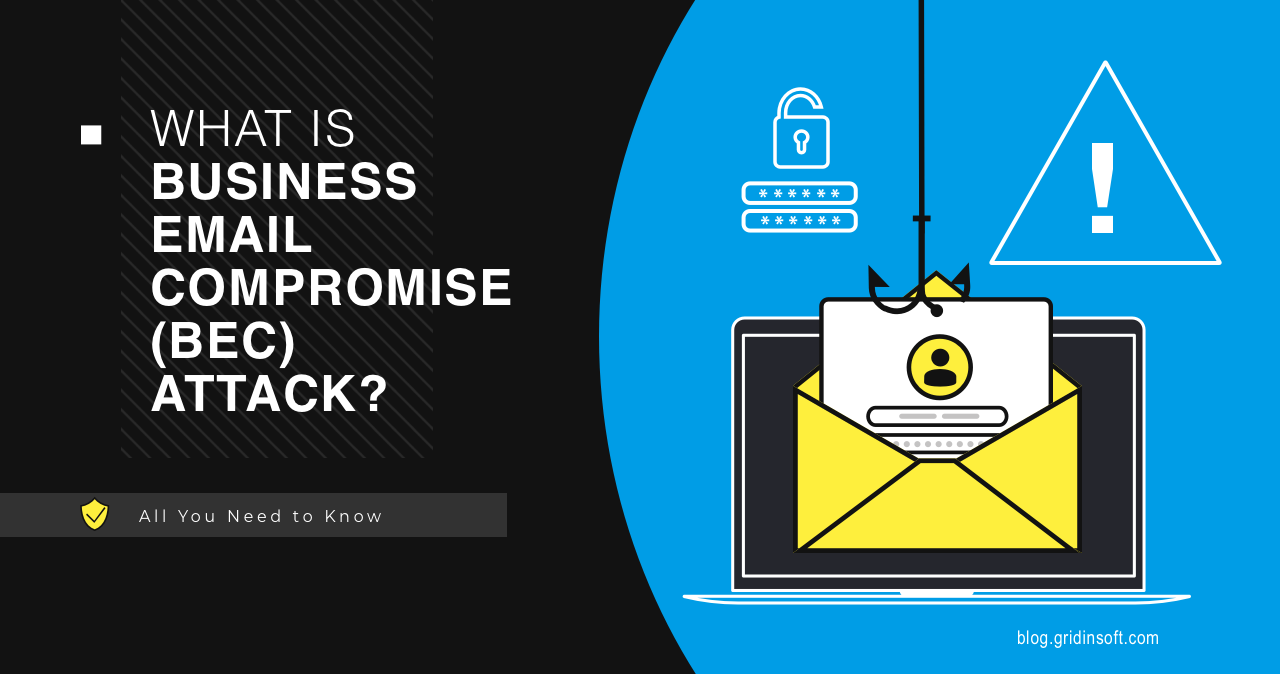Executive Email Compromise: Millions Lost Due To Office365 Vulnerability

Table of Contents
How Executive Email Compromise Attacks Work
EEC attacks are highly targeted phishing campaigns designed to deceive high-level executives within an organization. Unlike generic phishing emails, these attacks leverage social engineering tactics to build trust and manipulate the victim into performing actions that compromise the company's security. The typical stages of an EEC attack include:
- Spear Phishing Emails: Attackers meticulously research their target, crafting personalized emails that appear legitimate and often mimic the communication style of known associates or business partners.
- Building Trust: The attacker carefully cultivates a relationship with the executive, often engaging in seemingly harmless conversations before making their malicious request. This phase focuses on establishing credibility and rapport.
- Urgent Wire Transfers or Sensitive Information: Once trust is established, the attacker will typically request a seemingly legitimate but urgent wire transfer of funds, or access to sensitive company information. The requests are often disguised as critical business matters, requiring immediate attention.
- Exploiting Office365 Features: Attackers cleverly exploit Office365 features such as calendar invites (containing malicious links), shared files (containing malware), or seemingly innocuous email attachments to deliver their payload.
Common social engineering tactics employed include creating a sense of urgency, playing on the executive's authority, and leveraging their fear of missing out on critical business opportunities. The attackers often apply significant pressure, emphasizing the time-sensitive nature of the request to overcome any hesitation from the victim.
Office365 Vulnerabilities Exploited in EEC Attacks
While Office365 offers many security features, several vulnerabilities can be exploited by sophisticated attackers in EEC campaigns. These include:
- Weak Password Security: Many executives reuse passwords across multiple platforms, making them vulnerable to credential stuffing attacks.
- Lack of Multi-Factor Authentication (MFA): The absence of MFA significantly weakens security, allowing attackers to easily access accounts even if they obtain a password.
- Insufficient User Training on Phishing Awareness: A lack of training makes executives susceptible to sophisticated phishing techniques and social engineering tactics.
- Compromised Accounts through Credential Stuffing: Attackers use stolen credentials from other platforms to attempt to access Office365 accounts.
- Exploitation of API Vulnerabilities: Attackers can leverage vulnerabilities in Office365 APIs to gain unauthorized access and manipulate data.
Attackers leverage these vulnerabilities by combining them with advanced social engineering techniques. For example, an attacker might gain access to an executive's account through a weak password and then use that access to send fraudulent emails to other employees. News reports frequently detail instances where major corporations have fallen victim to these attacks, highlighting the real-world impact of these vulnerabilities.
Protecting Your Organization from Executive Email Compromise
Implementing Strong Security Measures
Proactive measures are crucial to mitigating the risk of EEC attacks. These include:
- Enforce Strong Password Policies and Multi-Factor Authentication (MFA): Implement robust password policies, including password complexity requirements and regular password changes, and mandate the use of MFA for all accounts.
- Regular Security Awareness Training: Provide comprehensive training to all employees, particularly executives, on recognizing and reporting phishing emails and other social engineering tactics. Simulations and phishing tests are highly effective.
- Implement Email Authentication Protocols: Use SPF, DKIM, and DMARC to verify the authenticity of emails and prevent spoofing.
- Utilize Advanced Threat Protection Features: Leverage the advanced threat protection features offered by Office365, such as anti-phishing and anti-malware filters.
- Regularly Review and Update Security Policies: Regularly review and update security policies to adapt to evolving threats and vulnerabilities.
Detecting and Responding to Suspicious Emails
A robust detection and response mechanism is vital:
- Educate Employees on Identifying Phishing Emails: Equip employees with the knowledge to identify suspicious emails, including checking sender addresses, links, and unusual language.
- Establish Clear Procedures for Reporting Suspicious Emails: Implement a clear process for employees to report suspicious emails to the IT department or security team.
- Implement Security Information and Event Management (SIEM) Systems: Utilize SIEM systems to monitor security events and detect anomalies indicative of a potential attack.
- Conduct Regular Security Audits and Penetration Testing: Regular audits and penetration testing identify vulnerabilities before attackers can exploit them.
Recovery and Mitigation Strategies
Having a plan in place is crucial for minimizing damage:
- Develop an Incident Response Plan: Create a detailed incident response plan that outlines the steps to take in case of an EEC attack, including communication protocols, data recovery procedures, and legal considerations.
- Work with Law Enforcement: Report successful attacks to law enforcement to aid in investigations and potentially apprehend the perpetrators.
- Implement Measures to Recover Compromised Accounts and Data: Have procedures in place to quickly recover compromised accounts and restore data from backups.
- Review Financial Processes: Review and strengthen financial processes to prevent future attacks, including implementing multiple authorization steps for large transactions.
Conclusion: Mitigating the Risk of Executive Email Compromise
Executive Email Compromise attacks targeting Office365 users represent a significant and evolving threat. The financial and reputational damage caused by successful attacks can be devastating. Implementing robust security measures, including strong password policies, MFA, comprehensive security awareness training, and advanced threat protection features, is crucial to mitigating this risk. Regular security audits and incident response planning are equally vital. Proactive protection is paramount; don't wait for an attack to occur. Seek professional help to implement the recommended security practices and stay informed about the latest threats to proactively protect your organization from Executive Email Compromise and its devastating consequences. Investing in robust security is an investment in your organization's future.

Featured Posts
-
 The Destruction Of Pope Francis Ring A Papal Tradition
Apr 23, 2025
The Destruction Of Pope Francis Ring A Papal Tradition
Apr 23, 2025 -
 How Ai Is Reshaping Wildlife Conservation A Double Edged Sword
Apr 23, 2025
How Ai Is Reshaping Wildlife Conservation A Double Edged Sword
Apr 23, 2025 -
 581 Million Deal Cmocs Acquisition Of Lumina Gold Reshapes The Mining Landscape
Apr 23, 2025
581 Million Deal Cmocs Acquisition Of Lumina Gold Reshapes The Mining Landscape
Apr 23, 2025 -
 Sf Giants Defeat Brewers Flores And Lee Lead The Charge
Apr 23, 2025
Sf Giants Defeat Brewers Flores And Lee Lead The Charge
Apr 23, 2025 -
 Lingering Effects Toxic Chemicals From Ohio Train Derailment Remain In Buildings
Apr 23, 2025
Lingering Effects Toxic Chemicals From Ohio Train Derailment Remain In Buildings
Apr 23, 2025
